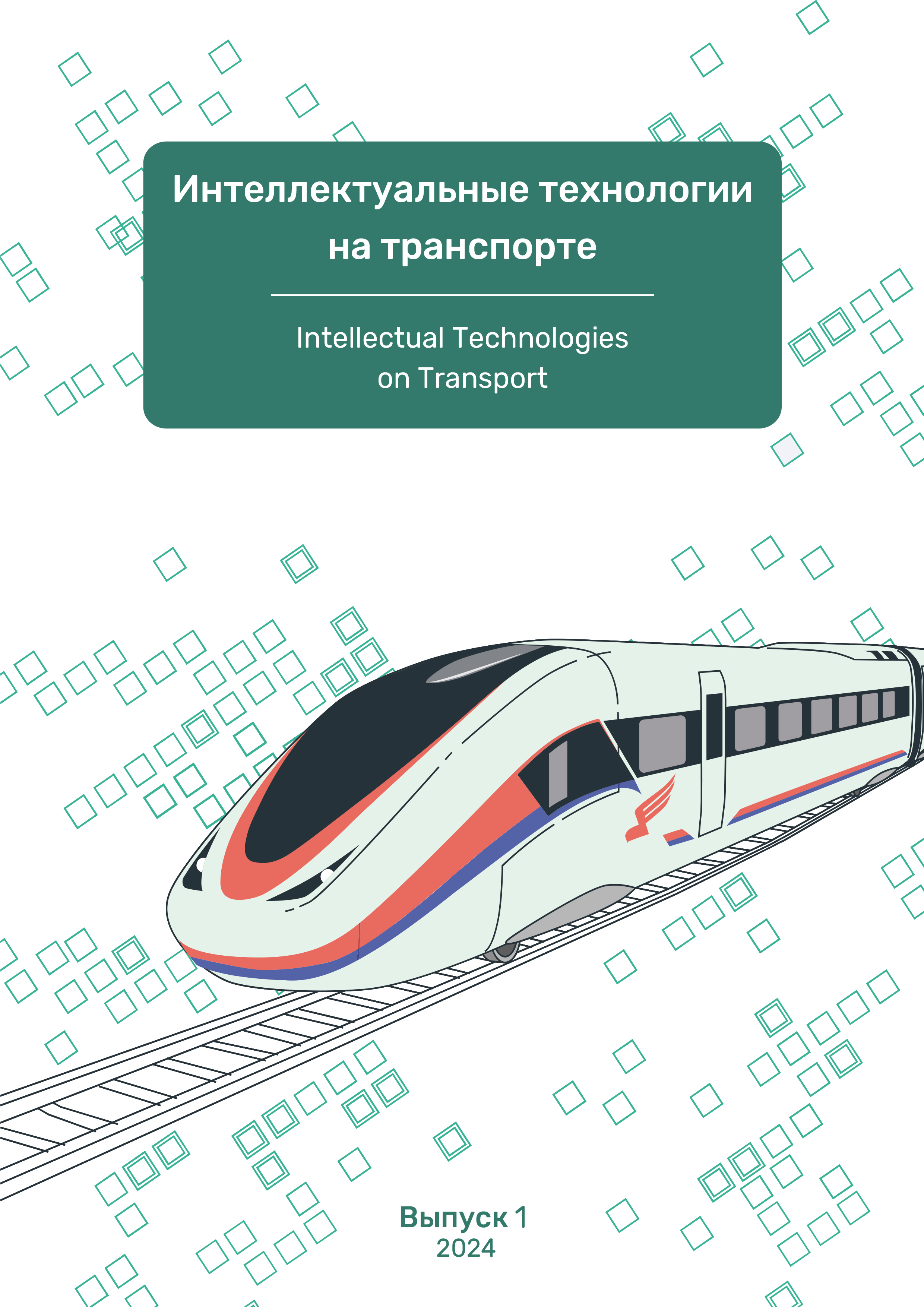Россия
УДК 614.78 Коммунальная гигиена и санитария городов
Мелкодисперсные твердые частицы (PM2,5) представляют значительный риск для здоровья населения и окружающей среды. Точное прогнозирование концентрации PM2,5 имеет решающее значение для эффективного управления окружающей средой. В этом исследовании мы представляем новую гибридную модель, модель естественной жизни COOT, вдохновленную птицами, в сочетании с искусственной нейросетью (COOT-ANN) для прогнозирования ежедневной концентрации PM2,5 в Хайдарабаде и Дели с 2014 по 2022 год. Производительность модели COOTANN сравнивается с моделью ANN и гибридной моделью Dragonfly-ANN (DA-ANN). Используя диаграмму Тейлора, мы видим, что модель COOT-ANN демонстрирует наибольшую близость к точке наблюдения, что приводит к снижению ошибок прогнозирования на 13,94 % и 11,42 % по сравнению с моделью ANN в Хайдарабаде и в Дели соответственно. Более того, усиковая диаграмма модели COOT-ANN очень похожа на фактическое распределение данных. Следовательно, модель COOT-ANN превосходит модели ANN и DA-ANN на обеих станциях мониторинга. Этот инновационный подход к прогнозированию качества воздуха может значительно повысить точность программ защиты окружающей среды.
модель естественной жизни COOT, алгоритм DragonFly, мелкодисперсные твердые частицы, прогнозирование
1. Convolutional Neural Networks as Summary Statistics for Approximate Bayesian Computation / M. Åkesson, P. Singh, F. Wrede, A. Hellander // IEEE/ACM Transactions on Computational Biology and Bioinformatics. 2022. Vol. 19, Is. 6. Pp. 3353–3365. DOI:https://doi.org/10.1109/TCBB.2021.3108695.
2. Recent Advances in Convolutional Neural Networks / J. Gu, Z. Wang, J. Kuen, [et al.] // Pattern Recognition. 2018. Vol. 77. Pp. 354–377. DOI:https://doi.org/10.1016/j.patcog.2017.10.013.
3. O’Shea, K.T. An Introduction to Convolutional Neural Networks / K. T. O’Shea, R. Nash // ArXiv. 2015. Vol. 1511.08458. 11 p. DOI:https://doi.org/10.48550/arXiv.1511.08458.
4. Zhang, Z. ShellNet: Efficient Point Cloud Convolutional Neural Networks Using Concentric Shells Statistics / Z. Zhang, B.-S. Hua, S.-K. Yeung // Proceedings of the 2019 IEEE/CVF International Conference on Computer Vision (ICCV 2019), (Seoul, South Korea, 27 October‑02 November 2019). — Institute of Electrical and Electronics Engineers, 2019. — Pp. 1607– 1616. DOI:https://doi.org/10.1109/ICCV.2019.00169.
5. Yang, H. A New Hybrid Optimization Prediction Model for PM 2.5 Concentration Considering Other Air Pollutants and Meteorological Conditions / H. Yang, Z. Liu, G. Li // Chemosphere. 2022. Vol. 307, Part 3. Art. No. 135798. 26 p. DOI:https://doi.org/10.1016/j.chemosphere.2022.135798.
6. Data-Driven Prediction of Turbulent Flow Statistics Past Bridge Piers in Large-Scale Rivers Using Convolutional Neural Networks / Z. Zhang, K. Flora, S. Kang, [et al.] // Water Resources Research. 2022. Vol. 58, Is. 1. Art. No. 030163. 23 p. DOI:https://doi.org/10.1029/2021WR030163.
7. Lee, H., Song J. Introduction to Convolutional Neural Network Using Keras; An Understanding from a Statistician / H. Lee, J. Song // Communications for Statistical Applications and Methods. 2019. Vol. 26, No. 6. Pp. 591–610. DOI:https://doi.org/10.29220/CSAM.2019.26.6.591.
8. Statistical Convolutional Neural Network for Land-Cover Classification from SAR Images / X. Liu, C. He, Q. Zhang, M. Liao // IEEE Geoscience and Remote Sensing Letters. 2020. Vol. 17, Is. 9. Pp. 1548–1552. DOI:https://doi.org/10.1109/LGRS.2019.2949789.
9. Integrating Statistical Prior Knowledge into Convolutional Neural Networks / F. Milletari, A. Rothberg, J. Jia, M. Sofka // Medical Image Computing and Computer Assisted Intervention (MICCAI 2017): Proceedings of the 20th International Conference (Quebec City, Canada, 10–14 September 2017). Part I. — Cham, Springer International Publishing, 2017. Pp. 161–168. DOI:https://doi.org/10.1007/978–3–319–66182–7_19. — (Lecture Notes in Computer Science, Vol. 10433).
10. Data-Driven Prediction of Turbulent Flow Statistics Past Bridge Piers in Large-Scale Rivers Using Convolutional Neural Networks / Z. Zhang, K. Flora, S. Kang, [et al.] // Water Resources Research. 2022. Vol. 58, Is. 1. Art. No. 030163. 23 p. DOI:https://doi.org/10.1029/2021WR030163.
11. Assessing Convolutional Neural Networks Reliability through Statistical Fault Injections / A. Ruospo, G. Gavarini, C. de Sio, [et al.] // Proceedings of the Design, Automation and Test in Europe Conference and Exhibition (DATE 2023), (Antwerp, Belgium, 17–19 April 2023). — Institute of Electrical and Electronics Engineers, 2023. — 6 p. DOI: 10.23919/ DATE56975.2023.10136998.
12. Convolutional Neural Networks: An Overview and Application in Radiology / R. Yamashita, M. Nishio, R. K.G. Do, K. Togashi // Insights into Imaging. 2018. Vol. 9, Is. 4. Pp. 611– 629. DOI:https://doi.org/10.1007/s13244–018–0639–9.
13. A Survey of Convolutional Neural Networks: Analysis, Applications, and Prospects / Z. Li, F. Liu, W. Yang, [et al.] // IEEE Transactions on Neural Networks and Learning Systems. 2022. Vol. 33, Is. 12. Pp. 6999–7019. DOI: 10.1109/ TNNLS.2021.3084827.










